Read this post on TravelFeed.io for the best experience
.png)
That’s no secret, the number of foreign tourists visiting Japan has soared in the past few years, reaching over 30 million visitors in 2019. Although coming to an inevitable halt this year, one city above all embodies this boom. Between 2012 and 2017, Osaka’s inbound tourism increased five-fold, hitting the mark of 11 million visitors in 2017, and the numbers could grow even bigger with each passing year. Being the capital city of the Kansai area and an important point of entry into the country thanks to its international airport, Osaka has always held a prominent role in Japan. Altogether a major financial hub and the country’s second largest metropolitan area, the city was known as a centre of the Japanese culture throughout the Edo period.
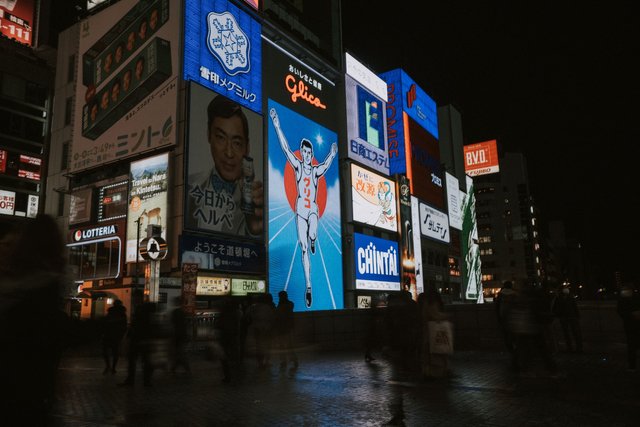
Yet, its image seemed to suffer from a lack of prestige for a long time, especially when compared to the refinement of Kyoto and the cultural significance of Tokyo. Osaka was a bit of an ugly duckling, a city deemed too eccentric, a bit too chaotic too. Some visitors would even skip past it to go straight to Kyoto. The tide has definitely turned in recent years though, placing Osaka on a lot of foreign visitors’ radars.
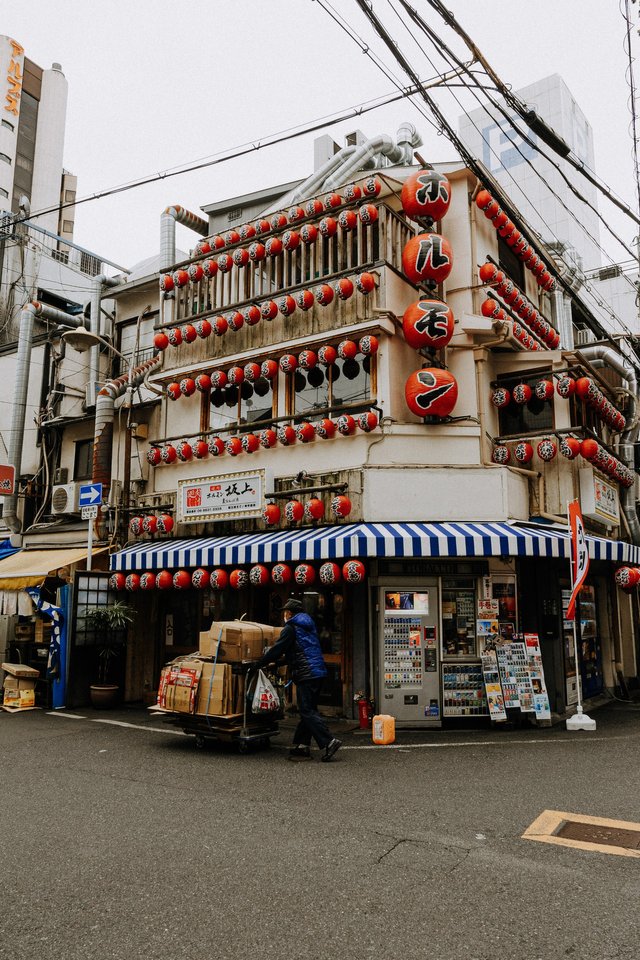
Indeed, the city has got a lot of aces up its sleeves. Recognized as Japan’s kitchen, Osaka knows its way around food and taking a bite out of a takoyaki ball along the Dôtonbori canals or dipping a kushi-katsu skewer in Shinsekai are both an essential experience. Shopping-wise, Osaka is one of the most stylish cities in Japan and shopaholics will no doubt enjoy spending hours in Shinsaibashi or Namba looking for the perfect clothes to bring back from their trip. However, as hectic and modern as the city can be, it also boasts cultural wonders, including Japan’s oldest Buddhist temple. Osaka sure provides a wide diversity of experiences so here’s our top picks to discover some of the most essential landmarks in the city.
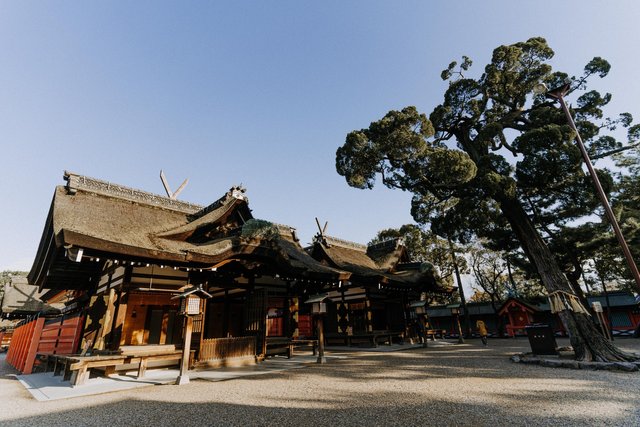
Namba and Dôtonbori
It is hard to differentiate both neighborhoods as they are so close to one another, you are bound to explore them both in one-go. Namba is arguably the city’s core. Picture an endless array of shopping arcades, karaoke parlors, food stalls and restaurants, and you’ll get a feel of what Namba is about. Now add a few neon lights at night, huge ads shining on every building and a number of disproportionately large restaurant billboards, and you’ll get an even finer picture. Many of the images that are associated with Osaka stem from this particular area of the city, which happens to be a great place for some iconic pictures too.
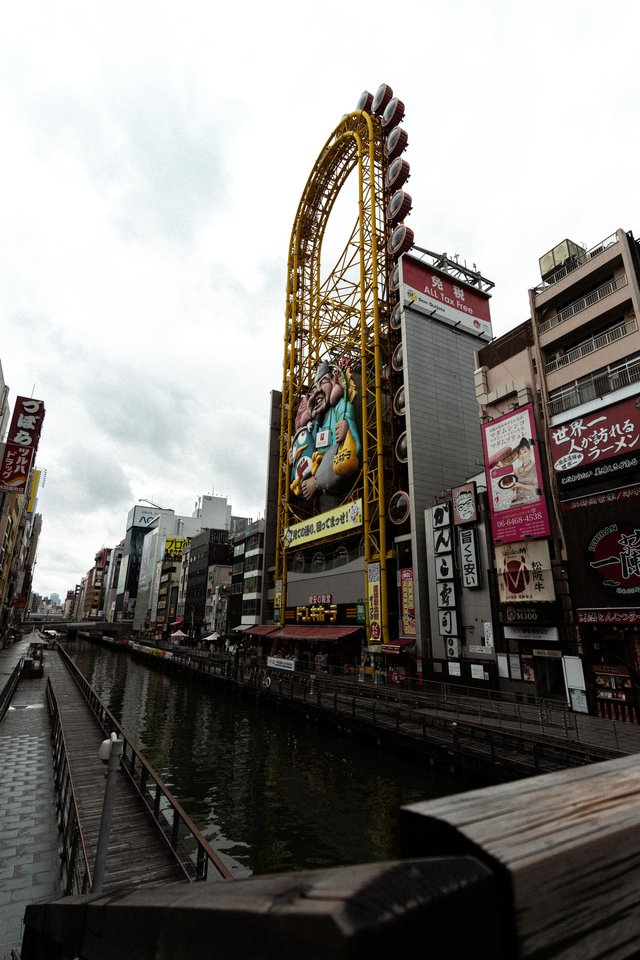
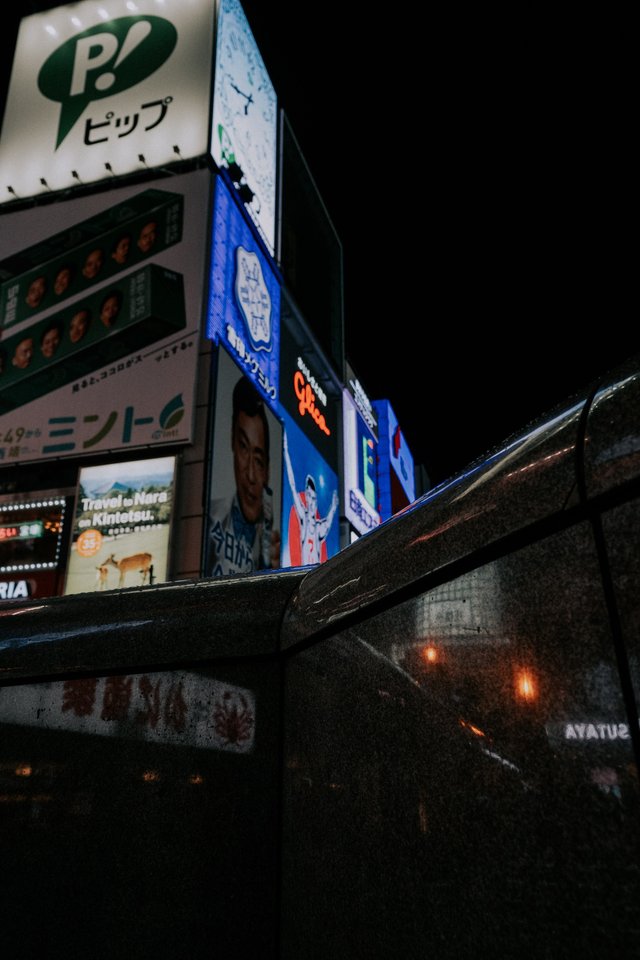
The district is indeed known for its eccentric, if not completely out there, signs displayed on top of a lot of restaurants’ façades, including a giant moving crab, huge sushi, a dragon and many more imaginative sculptures. Namba eventually leads to the canals of Dôtonbori, a place equally as busy with street food stalls and light shows and the perfect area to take a walk at any time of the day.
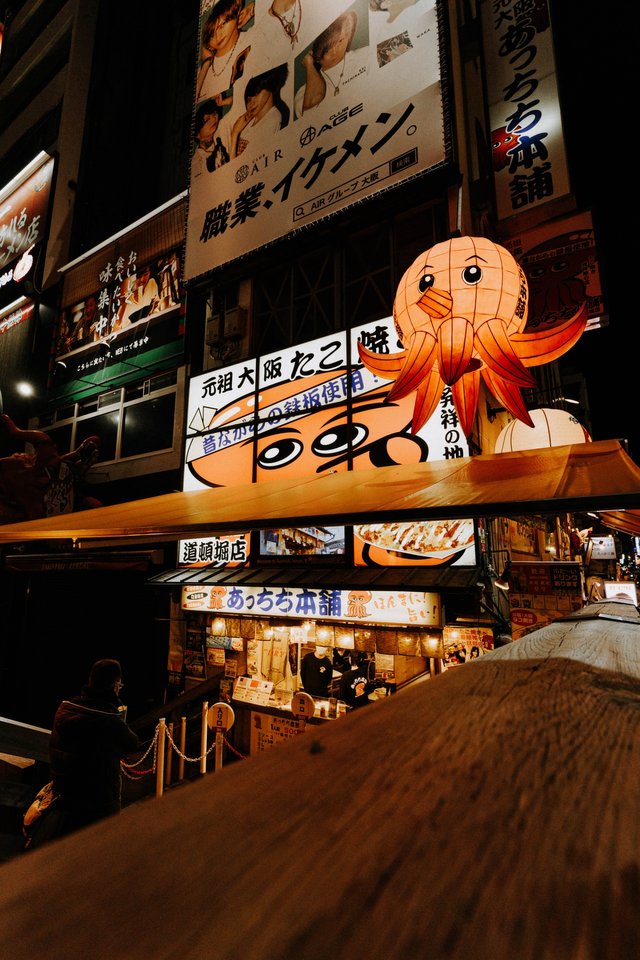
Osaka Castle
Along with Namba and Dôtonbori, Osaka Castle is one of the city’s most famous landmarks and perhaps one of Japan’s most iconic monuments as a whole. Located in the northern part of the city, within a huge park, the castle is played an important role in Japan’s history. Built by Toyotomi Hideyoshi, it was instrumental in unifying the country during the 16th century but was badly damaged by the civil conflicts that spurred during the Meiji Restoration in the 19th century.
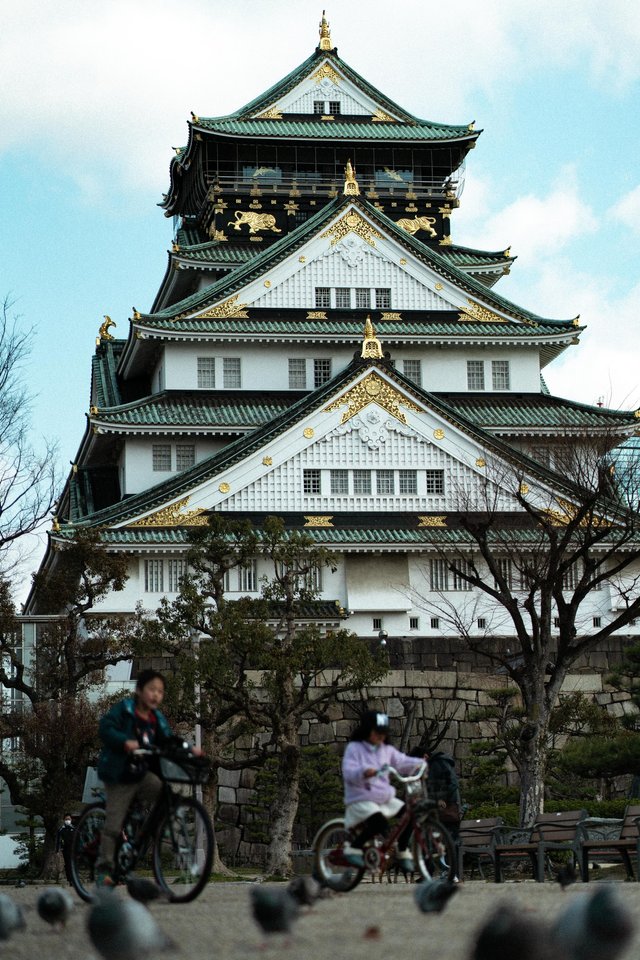
The castle that can be visited nowadays is therefore a reconstruction, and a concrete reconstruction at that, but it doesn’t take away any of its beauty, except perhaps for hard-core history buffs. Last renovated in 1997, the main tower is a prime example of Edo-style architecture while the inside of the building works as a museum. The Osaka Castle park is also well known for being a celebrated hanami spot and is a sight to see during the cherry blossom season that spans from mid-March to early April.
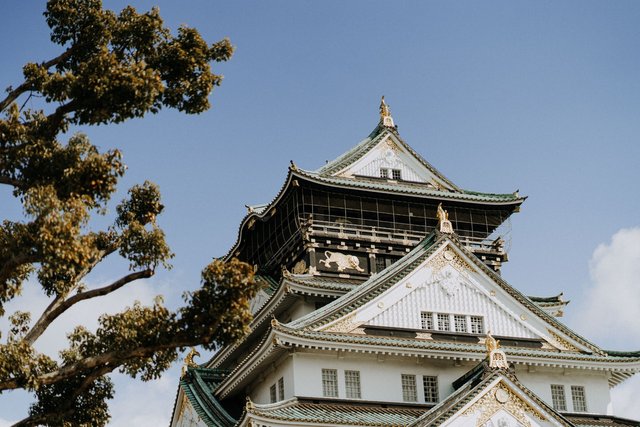
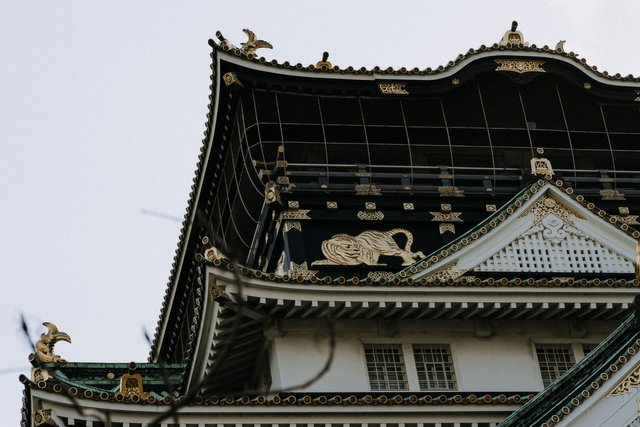
Shinsekai
Shinsekai literally means the new world and it is definitely a whole new world to explore while in Osaka. This quaint neighborhood , south of Osaka’s downtown area, seems straight out of the 20th century, as if quite untouched over the years. Overshadowed by the Tsutenkaku Tower, the district is home to countless restaurants serving the iconic and poisonous fugu fish, as well as pachinko parlors, mah-jong clubs, cheap clothing stores and hole-in-the-wall bars with crispy kushi-katsu skewers on the menu.
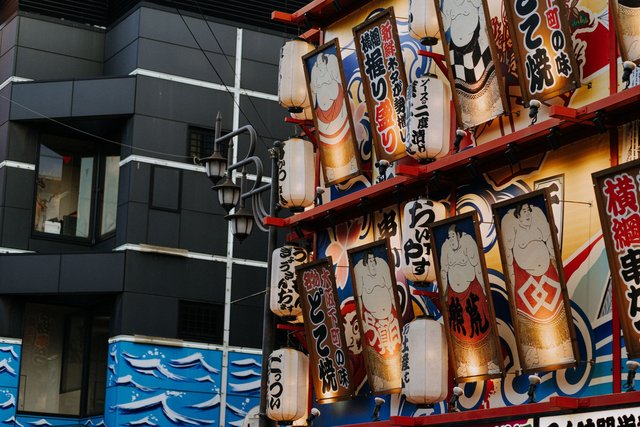
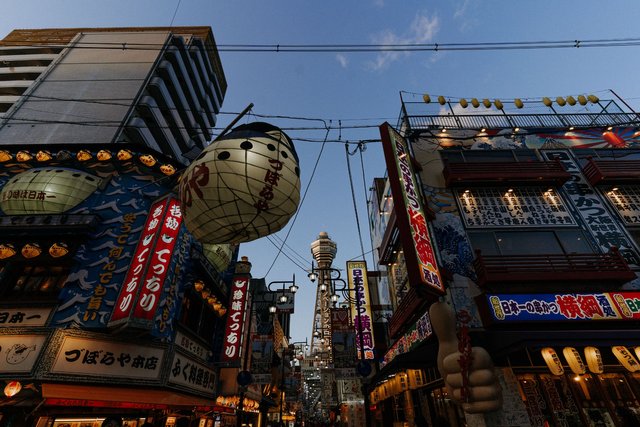
Shinsekai was a shady district for a long time, especially as it was a hub of criminal activities during the 1990s, but this bad reputation has faded away over the years and visitors can expect a safe visit at any time, be it by day or by night. The number of passers-by and tourists grow even bigger at dawn as Shinsekai’s atmosphere makes it the perfect spot for some bar-hopping or some night time photography.
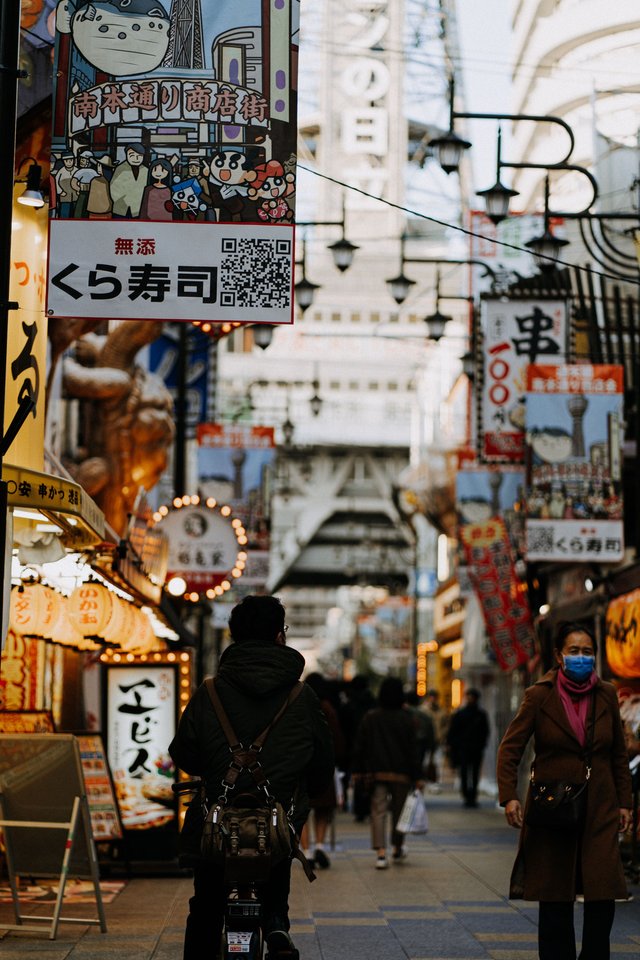
Tennôji
Compared to the likes of Namba and Umeda, two of Osaka’s most animated and modern districts, Tennôji is said to be more traditional. That claim can seem like a stretch when getting out of the neighborhood’s train station, as Tennôji has no shortage of glass buildings and modern architecture, but it holds some relevance nonetheless. Located near the Shinsekai shopping district, Tennôji boasts a beautiful and soothing park, home to a Japanese garden, as well as a number of temples and shrines.
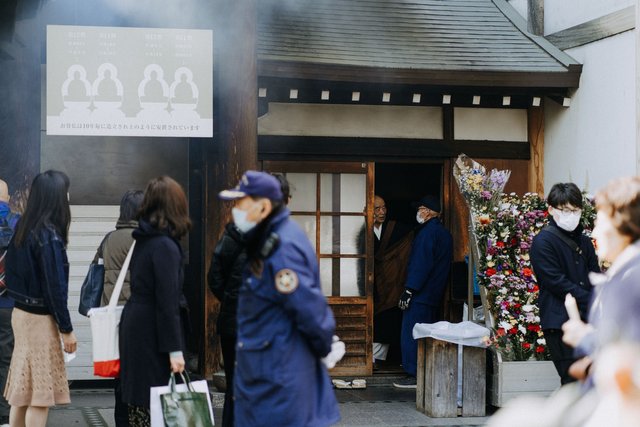
The Isshin-ji, a Buddhist temple, is located directly outside the Tennôji Park but it is the Shitennô-ji that attracts the most crowds. Indeed, this Buddhist sanctuary is said to be Japan’s oldest Buddhist temple and oldest officially administered temple in the country. Unfortunately, the original buildings have been destroyed and rebuilt over time but the actual temple remains a beautiful haven in the middle of a restless city.
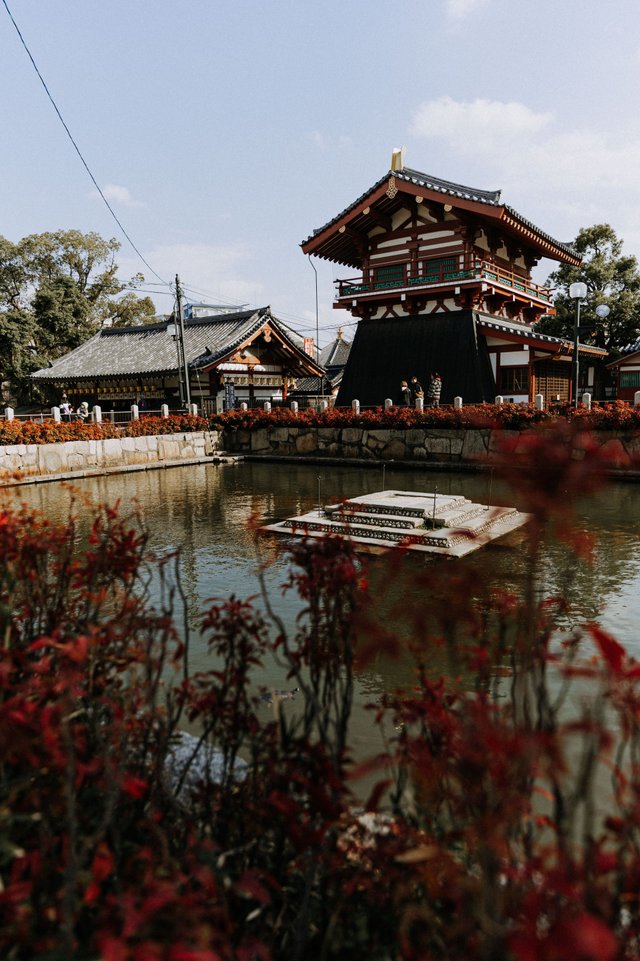
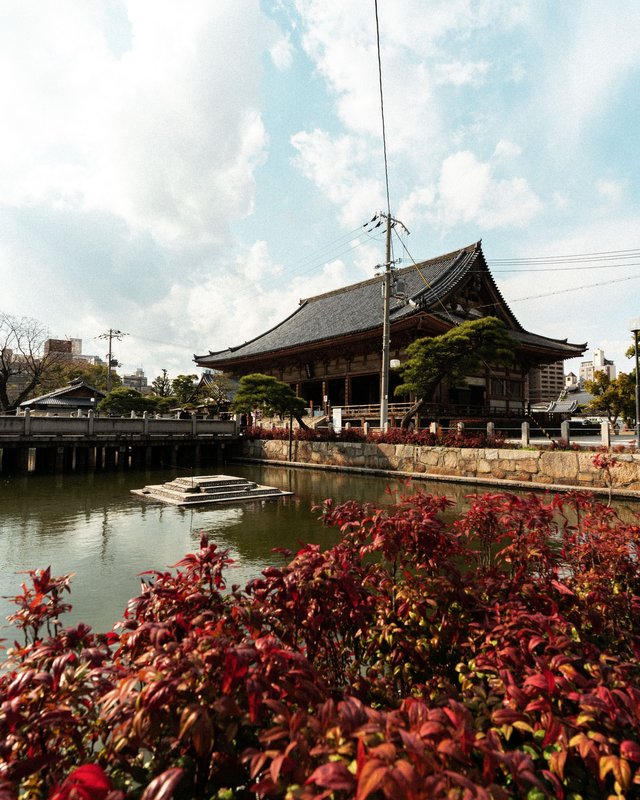
Sumiyoshi-Taisha
Osaka is a huge city but it is surprisingly easy to navigate, making it possible to take a walk between many of its major landmarks. In that regard, the grand shrine of Sumiyoshi-taisha is an exception though. Located in the southern part of the city, the shrine is quite remote from most touristy places, which is why it receives fewer visitors than its counterparts. It takes a fairly long trip in an old-fashioned tramway to get to its gates but this fine example of Shinto architecture is worth the journey.
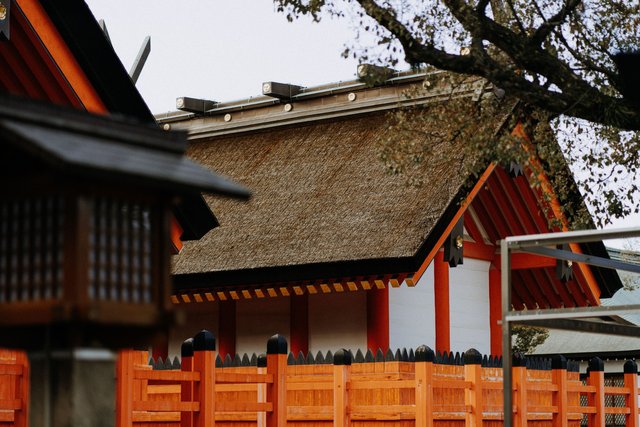
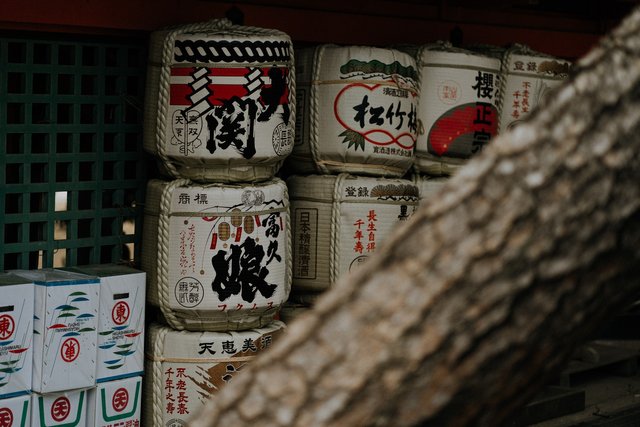
Sumiyoshi-taisha indeed showcases well-preserved wooden buildings and its relative isolation gives it a feeling of calm and quietness that many other parts of Osaka lack. Plus, book lovers and Japanese literature aficionados in particular will be reminded that the shrine was used as a stage in the Tale of the Genji, a book written by woman author Murasaki Shikibu and considered to be Japan’s first literary masterpiece, if not the world’s first psychological novel.

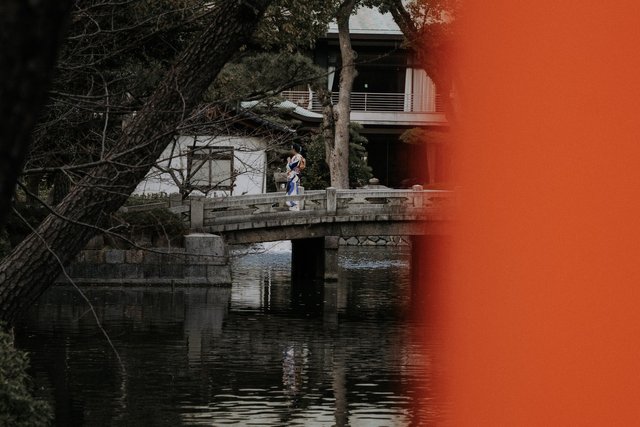
All in all, Osaka well deserves to be on top of any visitor's list and is the perfect introduction to any trip in the country but also a great city to discover in its own right.
Congratulations @haydae! You received the biggest smile and some love from TravelFeed! Keep up the amazing blog. 😍 Your post was also chosen as top pick of the day and is now featured on the TravelFeed.io front page.
Thanks for using TravelFeed!
@smeralda (TravelFeed team)
PS: You can now search for your travels on-the-go with our Android App. Download it on Google Play
Downvoting a post can decrease pending rewards and make it less visible. Common reasons:
Submit
What a well-done post. The pictures and discriptions really make Osaka seem like a compelling travel destination. I think that this post can easily serve a good starting point for those contemplating a visit to what must be a very interesting city.
Downvoting a post can decrease pending rewards and make it less visible. Common reasons:
Submit
When I visited Japan 2 years ago, Osaka was my favourite destination! And while everyone told me that Japan would more expensive than Central Europe, I staid in at the most comfortable hostel ever for 1300 yen, had great food for 500 yen a meal and found public transport to be affordable as well
Downvoting a post can decrease pending rewards and make it less visible. Common reasons:
Submit